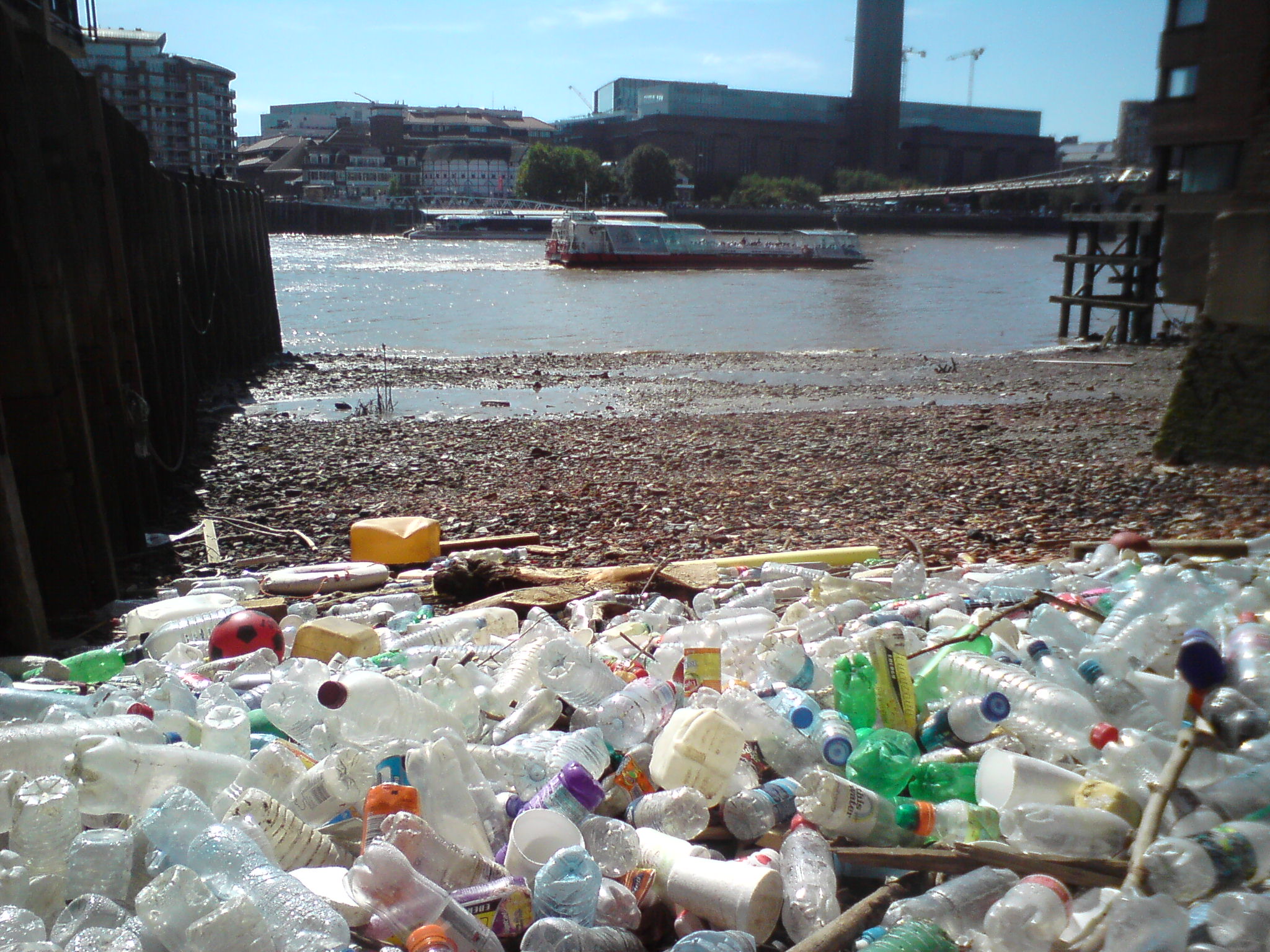April 12, 2018
‘Design Activism’

‘This world of inequality is facing unprecedented economic, ecological and sociological crises’ (Design Activism)
Society today is alarmed, and at the least concerned, about the state of our world and its declining resources. Making positive changes in a culture that thrives off instant gratification, encourages consumerism and builds a society of individualists is very challenging. Sustainability has become a familiar term in the modern world and conjures up ideas of renewable energy and environmental protection. Sustainability in fact takes into account areas of economics, environment and society – it is interdisciplinary at its core and is concerned with the technology of the future. Sustainability ‘looks to protect our natural environment, human and ecological health, while driving innovation and not compromising our way of life’ (Environmental Science). The Environmental protection Agency (EPA) suggests that emerging technology is key to the sustainability of the environment despite the negative impact also. I am certain that we are not the first civilisation in human history to negatively affect our environment, however, the rate and scale that we are affecting it and using our natural resources is new.
I have recently read the book ‘Estuary’ by Rachel Lichtenstein which explores the Thames Estuary and its surrounding territory. Seen as an ‘edgeland of civilisation’ this part of the country has a rich and continuously changing history. Lichtenstein talks to numerous people from the surrounding area and it was interesting to hear about the current changes taking place in the estuary, the consequences of these changes and the concerns of the public who were directly affected by them. The area is no stranger to change and has been continually sculpted by war, weather and trade. The Thames Estuary has been a site of pollution – landfill sites, sewage works and power stations littered the coastline (some still do). In 1957 the Natural History Museum declared the Thames biologically dead, so polluted it was unsurvivable. Today seals, porpoises, dolphins and even whales have been spotted in the river. Today charities such as Thames21 exist which are dedicated to improving London’s waterways and ‘there are now 125 species of fish in the Thames, up from almost none in the 1950s’ (BBC). A new form of pollution now causing concern is plastic, a ‘study found that up to 70% of flounder in the Thames had bits of plastic in their guts’ (BBC). Recent precautions such as introducing the 5p charge on plastic bags and the ban on microbeads are a start in the prevention of this form of pollution. Artist Maria Arceo explored the issue of the Thames’ plastic pollution in her ‘Future Dust’ installation in which she collected plastic from beaches all along the Thames and displayed it in framed boxes. Her aim was to raise awareness about plastic pollution – how it is a global issue affecting local waterways and remote oceans – and challenge people to work towards a more sustainable future. According to the World Economic Forum ‘oceans will contain more plastic than fish by 2050’ (WEF). As lots of plastic comes from packaging sources it is the ‘design activists’ role to seek out alternatives and aid the creation of a less polluted future. We must therefore use design as a ‘motive force in suggesting and realising new materialisations for our world’ (Design Activism).
An article from the Independent claims that ‘Society will collapse by 2040 due to catastrophic food shortages’ in light of climate trends and if society and global polices do not change. Factors such as climate change, intensive farming, pollution, resources usage, political instability, population growth, urban living, water stress, consumeristic cultures and globalisation are all culprits. The UN Food and Agriculture Organisation (FAO) projects that ‘global agricultural production will need to more than double by 2050 to close the gap between food supply and demand’ (Independent). The rise in vegetarianism is a positive societal shift as it lends itself towards a more sustainable lifestyle. As well as vegetarianism ‘veganism is now one of Britain’s “fastest growing lifestyle movements”’ (Telegraph). This modern diet coincides with having more knowledge about the affects of animal products. ‘40 per cent of the food grown in the world today is feed for animals’ (BBC) – as the demand for food grows, meat consumption will need to be reduced. A continuing encouragement for people to act in conscious and moral ways will lead to change as they act as part of a wider group. Social activism surrounding food has lead to organisations such as Fair Trade and Rainforest Alliance which encourage sustainable trade both in terms of living conditions and environment.
Victor Papanek (1971) also explores the role of the designer in his text ‘Design for the Real World’. Papanek states that the designer should consider social and moral responsibility when designing. He also touches on the subject of environmental concerns as ‘while the reasons for our poisoned air and polluted streams and lakes are fairly complex, industrial designers and industry in general are certainly co-responsible with others for this appalling state of affairs’ (Papanek, 1971). Papanek challenges us to consider using our design skills for good by essentially tithing our time. The idea of fostering and educating the next generation of designers is crucial as ‘alternative patterns of thinking about design problems’ can be achieved (Papanek, 1971).
Activism can take many forms and in this sense it created the environmental movement. A core reason for activism is wanting to see change and being conscious that the decisions we make in everyday life will affect us now and in years to come. Those in the developed world have a responsibility to ensure sustainable developments are put in practice whenever and wherever possible. Education which informs people about sustainable development will play a vital part in raising up the next generation who will be responsible for the complex future of this world. Designers and other creatives will play an important role in this shaping of the future and it is important that every member of society contributes to environmental protection as is it paramount to the future of humanity. Design must be used as a ‘representative democratic tool for society’ ‘for the greater good of humankind and nature’ (Design Activism).
References:
http://totallythames.org/event/future-dust
https://www.environmentalscience.org/sustainability
Estuary, Rachel Lichtenstein
http://www.bbc.co.uk/earth/story/20151111-how-the-river-thames-was-brought-back-from-the-dead
http://www.independent.co.uk/environment/climate-change/society-will-collapse-by-2040-due-to-catastrophic-food-shortages-says-study-10336406.html
http://www.independent.co.uk/life-style/food-and-drink/news/world-meat-free-day-why-vegetarianism-could-be-the-future-10320907.html
https://www.weforum.org/press/2016/01/more-plastic-than-fish-in-the-ocean-by-2050-report-offers-blueprint-for-change
http://www3.weforum.org/docs/WEF_The_New_Plastics_Economy.pdf
https://www.epa.gov/sustainability
Design Activism
http://www.telegraph.co.uk/food-and-drink/news/number-of-vegans-in-britain-rises-by-360-in-10-years/

